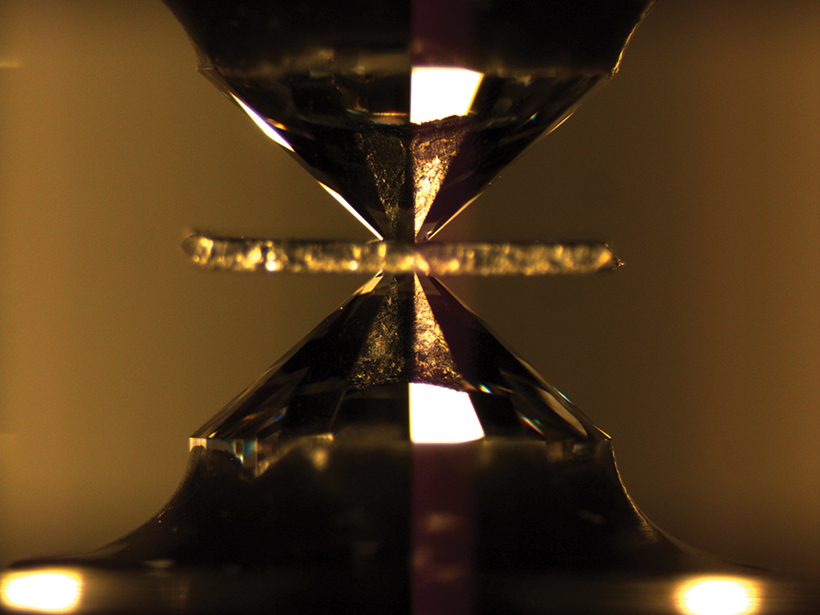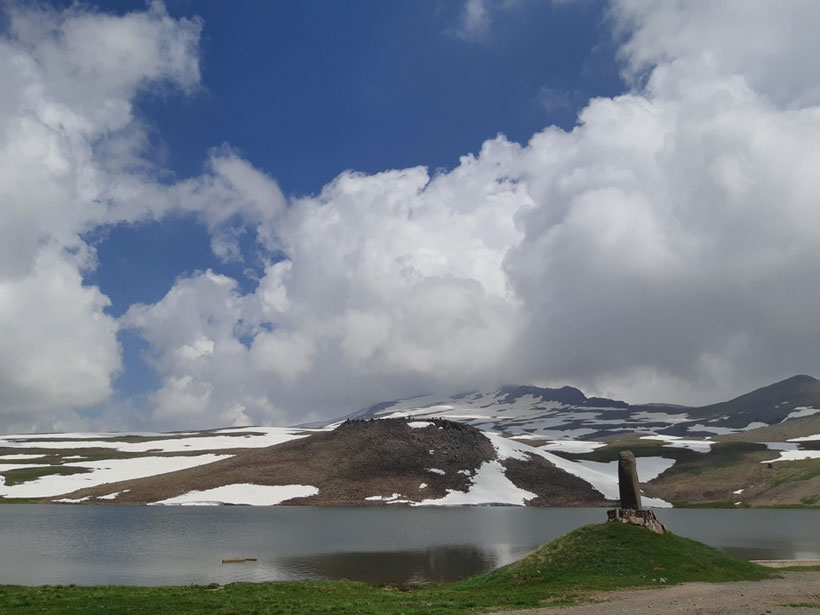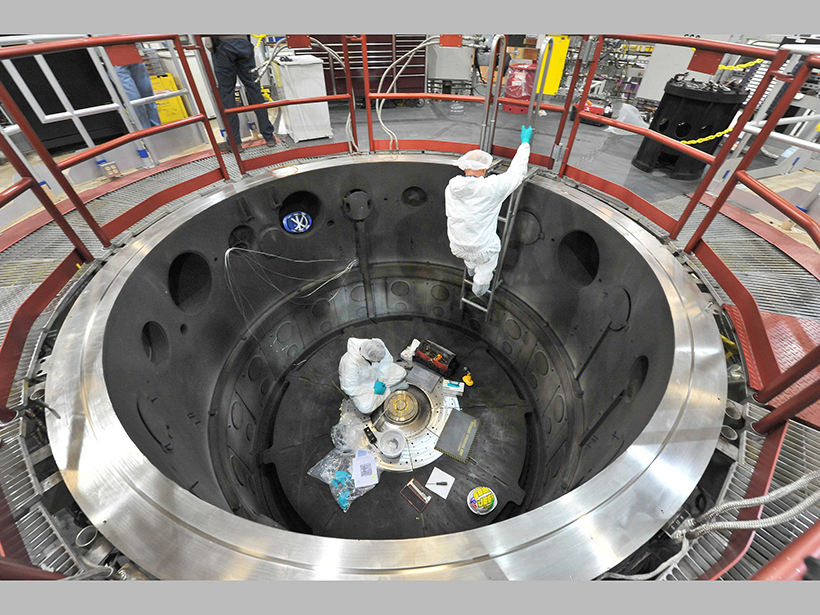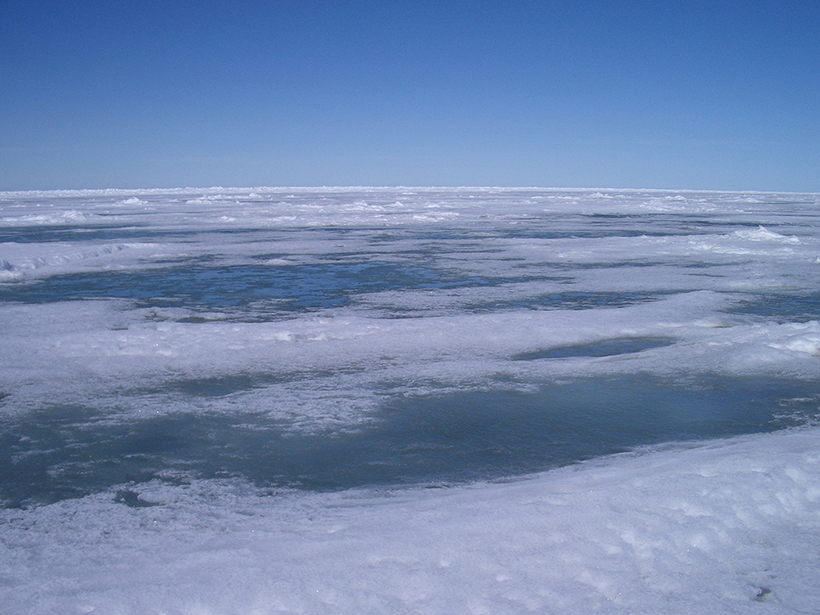Research fields focused on the physical properties of Earth materials emerged in the 20th century and have been making major contributions within geoscience ever since.
geophysics
Kumamoto and Thom Receive 2019 Mineral and Rock Physics Graduate Research Award
Kathryn M. Kumamoto and Christopher A. Thom received the 2019 Mineral and Rock Physics Graduate Research Award at AGU’s Fall Meeting 2019, held 9–13 December in San Francisco, Calif. The award is “presented annually to one or more promising young scientists and recognizes outstanding contributions to the field of mineral and rock physics achieved during the honoree’s Ph.D. research.”
Lobanov Receives 2019 Mineral and Rock Physics Early Career Award
Sergey S. Lobanov received the 2019 Mineral and Rock Physics Early Career Award at AGU‘s Fall Meeting 2019, held 9–13 December in San Francisco, Calif. The award is given to early-career scientists in recognition of “outstanding contributions by an early-career scientist in the broadly defined area of mineral and rock physics.”
Taro Takahashi (1930–2019)
This giant in geochemistry also pioneered early high-pressure, high-temperature studies that launched the field of mineral physics.
Understanding High-Energy Physics in Earth’s Atmosphere
Thunderstorms present a variety of hazards, including emissions of ionizing radiation. An international group of scientists met at an Armenian observatory to share their findings.
Microphysics and Positive Lightning in Hokuriku Winter Clouds
The microphysics of the frequent, and frequently positive, lightning of Hokuriku winter clouds was investigated by systematic, in situ observation of individual precipitation particle type and charge.
Richard Mansergh Thorne (1942–2019)
A pioneering space plasma physicist who led the way in understanding how complex wave-particle interactions control Earth’s radiation belts and low-level auroral light emissions.
Million-Degree Experiment Complicates Solar Science
Experiments at Sun-like temperatures show that certain elements absorb more light than solar models predict, creating uncertainties for stellar science.
A Nearly 100-Year-Old Physics Model Replicates Modern Arctic Ice Melt
The model was previously used to describe the behavior of ferromagnets in the presence of external magnetic fields.
Finessing Granular Flows
Granular flows are important in geophysics to the pyroclastic flow, debris flow, and avalanches. Understanding their complex and rich physics is therefore important in simulating their dynamics.








